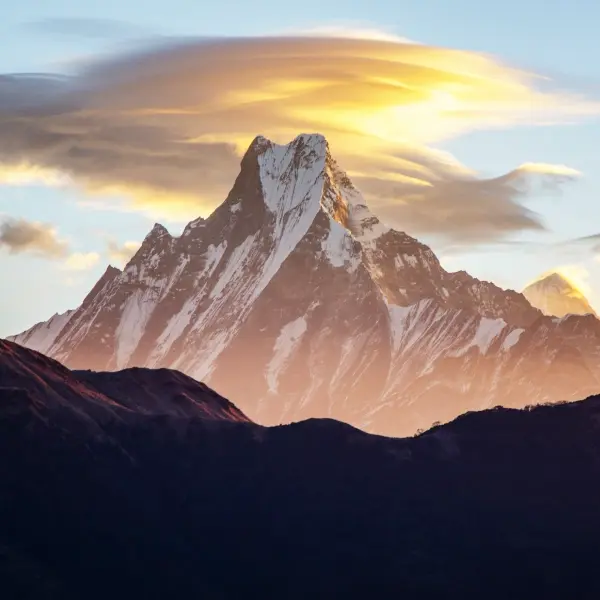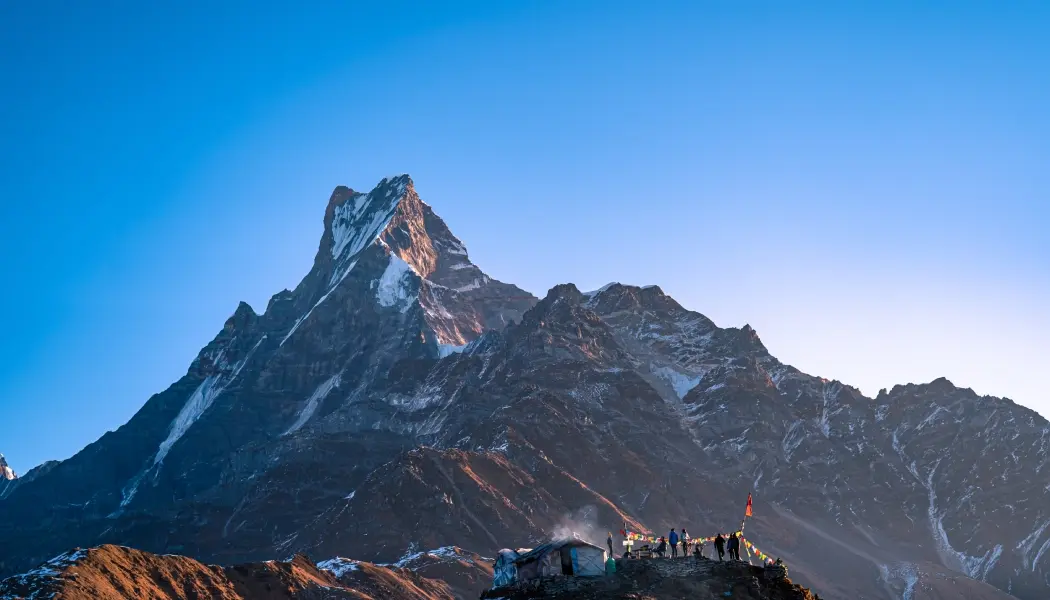

(October-November): Crystal-clear mountain views; perfect trekking conditions; major festivals occur; comfortable temperatures nationwide; highest visitor numbers and accommodation rates.
(February-April): Spring brings rhododendron blooms in hillsides; gradually warming temperatures; good visibility; fewer crowds than autumn; ideal for lower-altitude treks and cultural tours.
(June-September): Monsoon brings lush landscapes and dramatically lower prices; trekking possible in rain-shadow areas like Upper Mustang; perfect for budget travelers and cultural experiences.
English widely spoken in tourism industry; learning basic Nepali phrases earns appreciation; porters on remote treks may speak limited English; guides provide translation in ethnic minority regions.
Nepal's climate varies dramatically with elevation, creating four distinct zones. The southern Terai plains experience tropical and subtropical conditions (20-40°C) year-round. The middle hill region (including Kathmandu and Pokhara) enjoys temperate weather with cool winters (5-20°C) and warm summers (20-30°C). The mountain region features alpine conditions with cold winters (-5 to 10°C) and mild summers. The high Himalayan region maintains arctic conditions year-round. Monsoon affects most regions from June through September, while October-November and March-May offer the most pleasant weather nationwide.

Step into a realm where sacred stupas rise against the mountain skies,Where snow-capped peaks whisper tales of timeless adventure,Where warm smiles and rich traditions welcome you with open hearts,And every journey unfolds a story of wonder and discovery.


